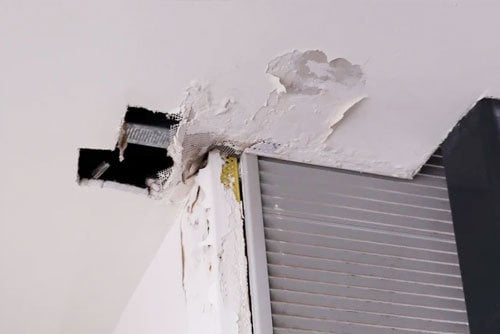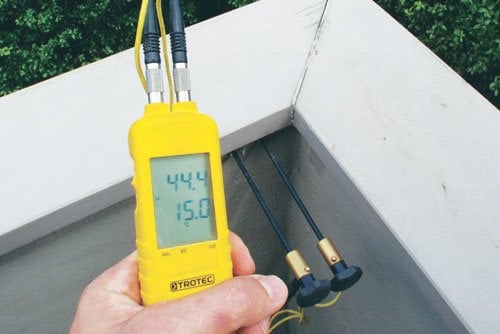If you have building damage and need to determine the nature, cause and extent of the damage, we can assist by providing a detailed investigation to determine the cause(s) of the damage and to specify any remedial work necessary, including designing and specifying works and obtaining building consent as required.

Remediation & Corrective Building Surveyors
 Remediation is the process of finding, reporting and overseeing the repair of a damaged home or building. As Chartered and Registered Building Surveyors, building defect diagnosis is at the core of our skillset.
Remediation is the process of finding, reporting and overseeing the repair of a damaged home or building. As Chartered and Registered Building Surveyors, building defect diagnosis is at the core of our skillset.
A building defect arises when a building element, component, material or finish fails to meet its performance requirements. These performance requirements vary from element to element and so building defects can vary in urgency and severity.
Cracking in walls or floors, water ingress or dampness, and structural movement are all symptoms of building defects that most people recognise and are familiar with.
In order to repair damage to a building, whether it is due to weathertightness failure or some other factor, it is essential to fully understand the root cause of the damage before designing remedial solutions and effecting repairs. This is why we undertake detailed investigations of buildings, using forensic techniques, to diagnose building defects. Repairing a building without certainty of the cause of the damage may result in the repairs not being effective, or undertaking work that is not necessary. Both are a waste of time and money.
Ask yourself this, do you think you know [the cause], or do you know you know? There is a big difference.
Building Defect Surveys

We undertake a methodical process in investigating buildings for defects, in order to provide certainty of our diagnosis. Our methods are in line with government advice for the investigation of buildings
In overview:
- Desktop review to gather information about the building and history of the problem
- Visual / non-invasive survey – assessing the building visually and recording information using cameras and capacitance meters. Record architectural features at a risk of weathertight or other failure. Form hypotheses as to what the defect(s) may be.
- Invasive investigation – using forensic techniques to test defects hypothesis in order to establish the root cause.
- Reporting – provide a detailed photographic report including defect information and a scope of work to repair the defects and damage.
- Building consent documentation – if there has been a durability failure, repairs need a building consent.
- Clerk of works – oversee the remedial process to ensure the repairs are correct. Fix it once and fix it right.
Work with the professionals
We have extensive experience of other people’s mistakes from our hundreds of defective building investigations.
The evidence of the last fifteen to twenty years of the NZ construction industry’s mistakes leads us to one fundamental conclusion: It is better to try and get it right first time rather than re-visit the mistakes later at considerable cost to building owners, tenants, designers, contractors, sub-contractors, councils, government, insurers and lenders.
Questions about our services?
We know there is commonly asked questions about the design process and choosing, engaging and working with a building consultancy business.
